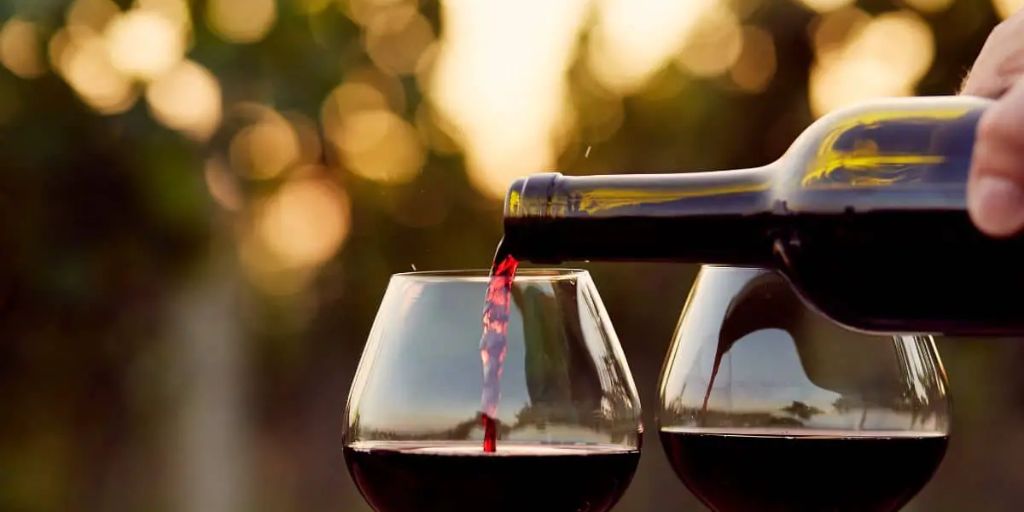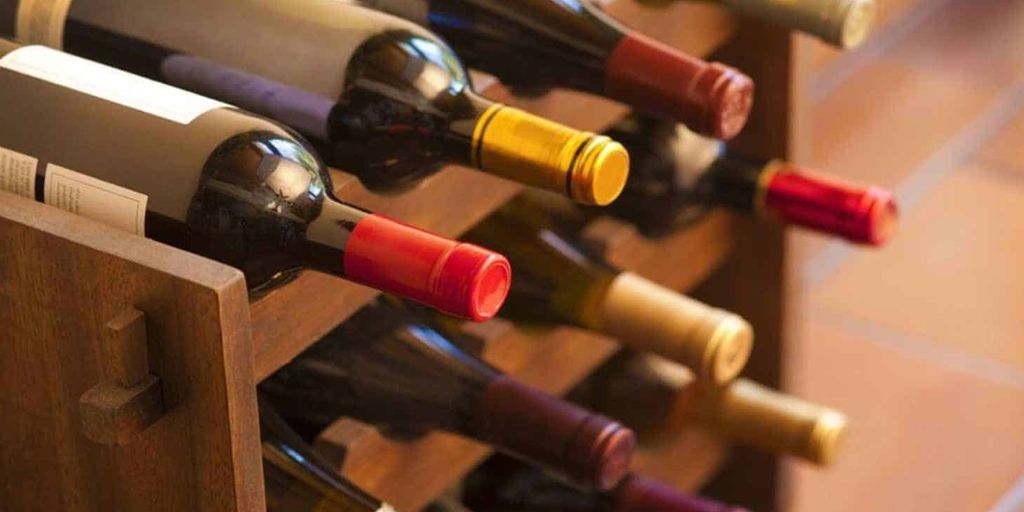Opening a bottle of wine can be a delightful experience, whether it’s a casual evening at home or a celebratory occasion. However, it’s rare that an entire bottle is consumed in one sitting. Once opened, wine begins to change due to exposure to air, and without proper storage, it can quickly lose the qualities that make it enjoyable.
Knowing how to store opened wine properly can help preserve its flavors, aromas, and overall quality, allowing you to enjoy it over several days or even longer.
This article explores why wine spoils after opening, the best practices for storing different types of wine, and tools that can help extend the life of your opened bottles.
Why Does Opened Wine Go Bad?
Wine is a complex mixture of compounds including tannins, acids, sugars, alcohol, and aromatic molecules. When the bottle is sealed, these components remain relatively stable. But once opened, oxygen starts interacting with the wine, triggering a range of chemical reactions:
-
Oxidation: Oxygen reacts with wine’s phenolic compounds, causing color changes, a loss of fresh fruit flavors, and the development of off-putting aromas like those of vinegar or wet cardboard.
-
Acetic Acid Bacteria Growth: Bacteria such as Acetobacter can convert the alcohol in wine into acetic acid, which is essentially vinegar. This spoils the wine’s taste.
-
Loss of Carbonation: Sparkling wines lose their bubbles rapidly when exposed to air, which significantly diminishes their appeal.
The rate at which wine deteriorates depends on several factors: the wine type, temperature, and how much air is in the bottle after opening.
Basic Tips to Store Opened Wine
1. Recork the Bottle Immediately
After pouring your glass, reinsert the original cork as soon as possible to minimize air exposure. Place the stained side down into the bottle to maintain a tighter seal.
If the original cork is damaged or lost, use a wine stopper designed specifically for resealing bottles. Avoid using plastic wrap or foil as these materials do not provide a proper airtight seal and can affect the wine’s flavor.
2. Refrigerate Opened Wine
Regardless of whether the wine is red, white, rosé, or sparkling, refrigeration slows down chemical reactions and microbial growth that spoil wine.
-
Red wines: Although typically served at room temperature or slightly below, opened reds should be refrigerated to preserve freshness. When ready to drink again, allow the wine to warm slightly (around 20-30 minutes) to bring out its flavors.
-
White and rosé wines: These should be kept chilled consistently at about 45°F (7°C).
-
Sparkling wines: Should be refrigerated immediately with a specialized stopper to maintain carbonation.
3. Limit Air Exposure
Oxygen is wine’s enemy after opening. If you’re not finishing the bottle in a single sitting, try to minimize the air inside the bottle. Transferring leftover wine into a smaller airtight container can reduce the headspace and slow oxidation.
How Long Does Opened Wine Last?
The lifespan of opened wine varies depending on the style:
-
Red wine: Usually stays fresh for 3-5 days with proper storage.
-
White and rosé wines: Typically last 3-7 days in the fridge.
-
Sparkling wine: Should be consumed within 1-3 days for the best fizz and flavor.
These timeframes can vary based on the wine’s initial quality, tannin levels, acidity, and sugar content.
Specific Storage Tips for Different Wine Types
Red Wine
Red wines often have higher tannin content, which helps preserve them after opening, but they are still susceptible to oxidation.
-
Recork tightly and refrigerate immediately after opening.
-
Allow the wine to warm up slightly before serving.
-
Avoid storing opened red wine in warm or sunny spots.
White and Rosé Wine
Whites and rosés are more delicate with lower tannins and higher acidity, making them more vulnerable to oxidation.
-
Always keep these wines refrigerated after opening.
-
Use vacuum pump stoppers to remove air if possible.
-
Avoid temperature fluctuations as they accelerate spoilage.
Sparkling Wine
Maintaining the carbonation in sparkling wines is the biggest challenge after opening.
-
Use a sparkling wine stopper that clamps onto the bottle neck and seals tightly.
-
Refrigerate immediately.
-
Drink as soon as possible for best bubbles and flavor.
Useful Tools to Preserve Opened Wine
Vacuum Pump Stoppers
These affordable tools remove excess air from the bottle by creating a vacuum seal, which significantly slows oxidation. They work well for most wines and are easy to use.
Inert Gas Wine Preservers
Products that spray inert gases like argon or nitrogen form a protective layer over the wine, preventing oxygen from contacting the liquid. These are highly effective and can preserve wines for up to a week or more.
Wine Preservation Systems
Higher-end electronic devices like Coravin allow you to pour wine without removing the cork, injecting argon gas to prevent oxidation. These systems are excellent for preserving premium wines over extended periods.
Common Mistakes to Avoid
-
Leaving the bottle open: Even short exposure to air accelerates spoilage.
-
Storing at room temperature: Heat speeds oxidation and bacterial growth.
-
Using plastic wrap or foil to cover the bottle: These don’t seal properly and may impart unwanted flavors.
-
Ignoring sediment or cloudiness: This can indicate spoilage.
How to Tell If Opened Wine Has Gone Bad
Knowing when wine has spoiled is key to avoiding unpleasant tastes:
-
A sour or vinegary smell is a clear sign of spoilage.
-
Loss of fresh fruit aromas and presence of musty or wet cardboard odors.
-
White wines turning dark yellow or amber; red wines shifting to a brick or brownish color.
-
Off flavors such as nail polish remover, excessive bitterness, or dullness.
-
Flat, lifeless taste or astringency beyond normal.
If your wine exhibits these traits, it’s best to discard it.

Creative Ways to Use Leftover Wine
Rather than throwing away opened wine that’s past its prime for drinking, use it in cooking:
-
Add it to sauces, stews, and marinades.
-
Make sangria or wine-based cocktails.
-
Prepare homemade wine vinegar by introducing vinegar mother cultures.
-
Freeze wine in ice cube trays to add flavor to dishes later.
Conclusion
Storing opened wine properly is essential to maintain its quality and enjoyment. Key steps include recorking immediately, refrigerating regardless of type, minimizing air exposure, and using preservation tools when possible. Understanding the science behind why wine spoils can help you take simple actions to extend its life and avoid waste.
By following these tips, you can savor your opened bottles for several days, making every glass count and enhancing your overall wine experience.


